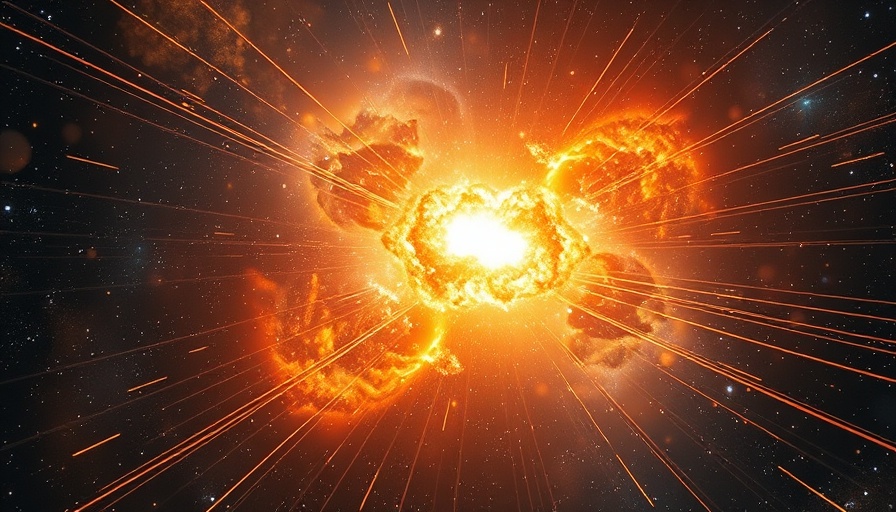
The Surprising Role of the Large Magellanic Cloud
Recent studies conducted by researchers at the Harvard Center for Astrophysics have unveiled startling new evidence supporting the existence of a supermassive black hole in the Large Magellanic Cloud (LMC)—an intriguing dwarf galaxy neighboring our own, the Milky Way. Traditionally, the scientific community has regarded supermassive black holes as a feature exclusive to larger galaxies. However, the discovery of hypervelocity stars escaping the gravitational clutches of their galaxy is forcing experts to reevaluate these assumptions.
Understanding Hypervelocity Stars: More than an Anomaly?
For nearly two decades, astronomers have been tracking hypervelocity stars, which are observed moving at speeds far exceeding the typical star, ranging up to a staggering 1,000 kilometers per second. These stars are thought to be propelled out of their galaxies through the “Hills mechanism,” where one star in a binary system is captured by a black hole, while the other is flung out into space. Notably, this has been attributed mostly to the Milky Way's own black hole, Sagittarius A*, but findings indicate that numerous hypervelocity stars might actually originate from the LMC.
Groundbreaking Evidence: A Game Changer for Galactic Evolution Theories
The implications of this research are profound. The evidence gathered suggests that the LMC could house a supermassive black hole with a mass ranging from 251,000 to 1 million solar masses, significantly altering prevailing theories of galaxy evolution. The research team, led by Jiwon Jesse Han, found strong consistency in simulations correlating hypervelocity stars from the LMC to their properties and distribution, reinforcing the hypothesis of a gravitational structure drawing these stars into the Milky Way.
The Gaia Mission: A Star Mapping Revolution
The success of this breakthrough tremendously owes itself to data collected by the European Space Agency’s Gaia mission. Designed to map the positions and movements of over a billion stars, Gaia has enabled astronomers to re-evaluate existing hypervelocity stars against a more exhaustive spatial context. Han's study utilized this data to establish the origins of 21 hypervelocity stars previously detected, now correlating their movements back to the LMC as a source.
Future Implications and Questions Raised
As this discovery prompts a re-examination of existing scientific literature on black holes, it also leads to pivotal questions regarding the structure and evolution of our universe. If smaller galaxies like the LMC can indeed host supermassive black holes, what does this mean for our understanding of galaxy formation, interactions, and even the fate of our own Milky Way? This could signify profound shifts in how cosmologists view black hole distribution across different galaxy types. Additionally, the LMC and Milky Way are expected to merge in the distant future, which could yield further insights into how black holes influence galactic behaviors.
The Challenges Ahead: Challenging Existing Paradigms
Although the findings paint an exciting picture, especially for enthusiasts of astrophysics, they also introduce challenges. The scientific community will need to reconcile this evidence with established theories that dictate a lack of black holes in smaller galaxies. Moreover, should further research confirm the existence of such structures, astronomers will have to rethink how they map and study galaxies and their evolutionary processes. This refocus could be crucial for understanding the very fabric of cosmic interactions.
With ongoing advancements in space exploration technologies, including upcoming data from Gaia and potentially new missions, the dialogue around black holes and their influence on hypervelocity stars will continue—holding exciting prospects for both research and public interest.
 Add Row
Add Row  Add
Add 


Write A Comment